
Statistics
Checking your assumptions
A workflow-based method to check the suitability of assumptions in complex statistical models gives researchers an efficient tool for selecting the right model.
Page 1 of 1

Statistics
A workflow-based method to check the suitability of assumptions in complex statistical models gives researchers an efficient tool for selecting the right model.
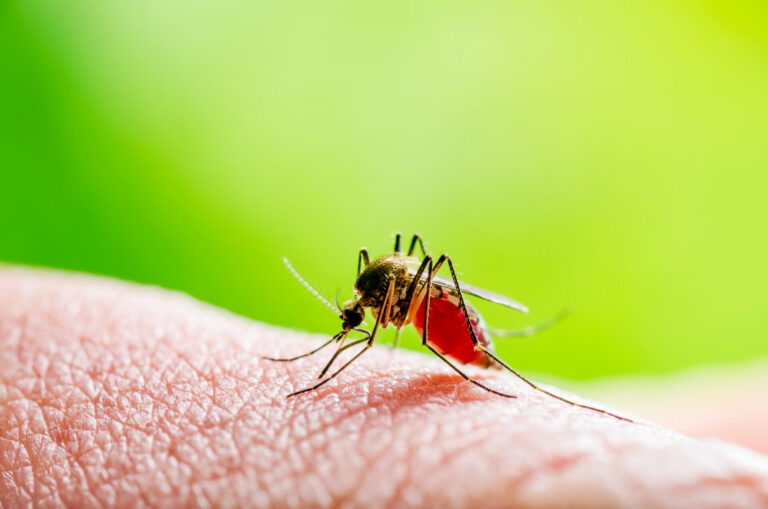
Statistics
Mining Google trends using a real-time tracker could aid response to mosquito-borne diseases worldwide.

Statistics
A fast and accurate method of combining spatial health and environmental data will help target public interventions effectively.

Statistics
New tool efficiently emulates climate data in near real-time.

Statistics
New statistical approach enables fast approximations of global surface temperatures at unprecedented spatial and temporal resolution.

Applied Mathematics and Computational Sciences
A method for forecasting high-dimensional functional time series could improve the accuracy of mortality predictions across multiple populations.

Bioengineering
An integrated shuffler optimizes the privacy of personal genomic data used for machine learning.
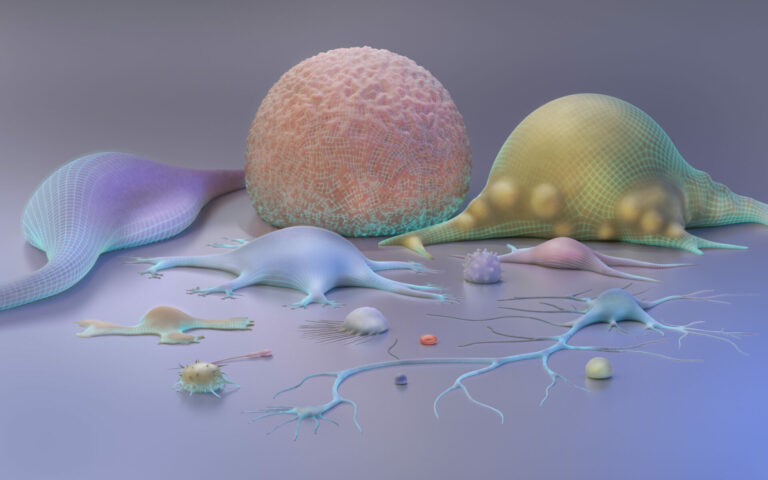
Bioengineering
Inspired by large language models that power ChatGPT, an AI algorithm offers a new way to annotate cells.

Applied Mathematics and Computational Sciences
A systematic analysis of sex differences in mortality of young people up to the age of 24 will help policymakers address key disparities and reduce preventable deaths.

Applied Mathematics and Computational Sciences
A neural network-based approach offers an extremely fast and highly accurate alternative to the "gold standard" of likelihood estimation for statistical modeling of complex datasets.
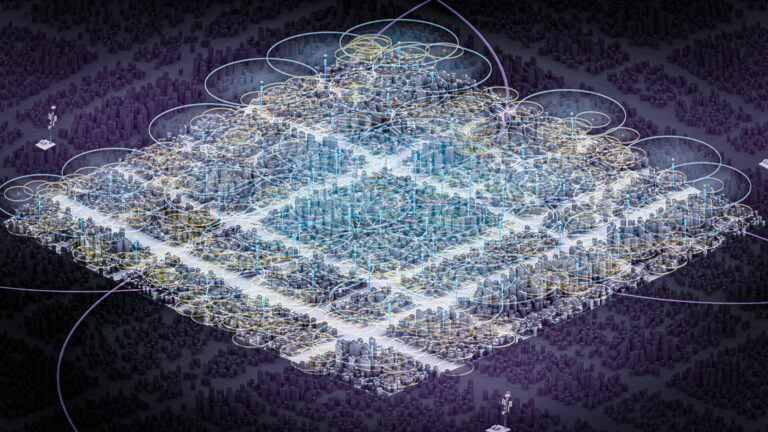
Applied Mathematics and Computational Sciences
A simple yet elegant solution could improve data rates for multiple communications networks that share a common frequency band.

Bioengineering
An open-source software can help align artificial intelligence applications in healthcare with data privacy regulations.

Applied Mathematics and Computational Sciences
A "deep" many-layered neural network does the heavy lifting in calculating accurate predictions from large complex environmental datasets.

Applied Mathematics and Computational Sciences
Solid-state radiofrequency reflectors will enable seamless wireless connectivity in the Hyperloop evacuated-tube transport system.

Applied Mathematics and Computational Sciences
Long-term satellite data shows a significant cooling effect of vegetation on land surface temperature.

Statistics
An efficiency upgrade for an already fast approximation method enables accurate near-real-time modeling of complex systems and large datasets.

Bioengineering
Skin organoids offer a powerful platform for drug discovery in the ongoing fight against the virus formerly known as monkeypox.

Bioengineering
New research into how humans and animals use complexity to make decisions offers some tantalizing insights into the nature of intelligence.
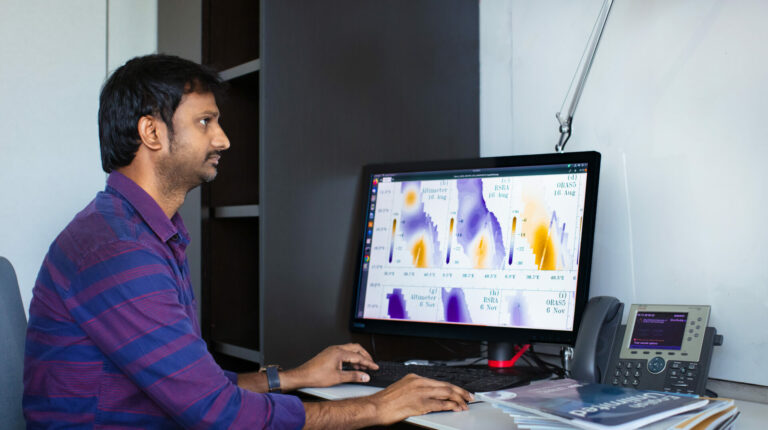
Applied Mathematics and Computational Sciences
A data-driven modeling system that reconstructs oceanic circulation of the Red Sea highlights the importance of developing region-specific historical datasets.
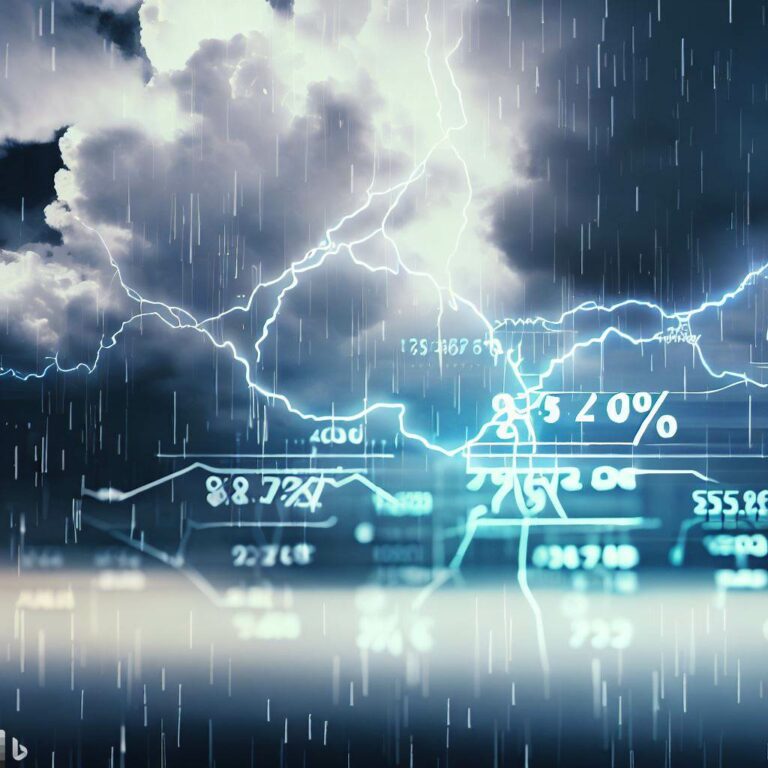
Applied Mathematics and Computational Sciences
Applying a penalty for increasing complexity provides better control over flexible statistical models.
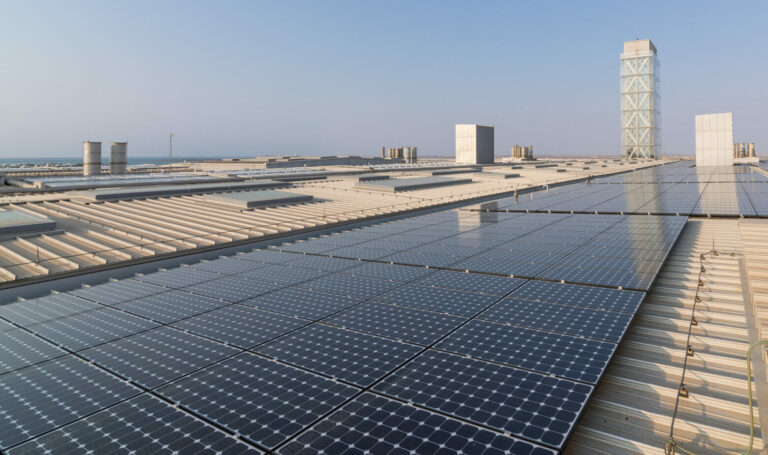
Applied Mathematics and Computational Sciences
Weather variability and extreme events affect the optimal design and operation of renewable energy systems, particularly for striking a trade off between life cycle cost and carbon dioxide emissions.

Statistics
A competition on spatial statistics showcases the global state of the art in analyzing vast spatial datasets.

Statistics
A new disease model that can account for contact patterns between age groups shows how infectious diseases evolve in space and time and how to predict future case numbers across a region.
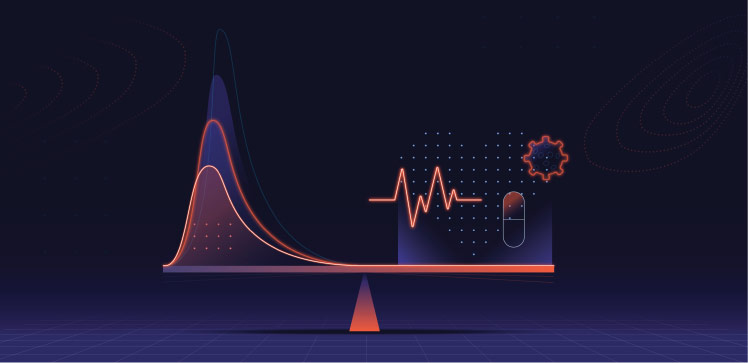
Statistics
An asymmetric statistical model provides a better fit for imbalanced data with rare "positives," such as longitudinal health datasets.

Statistics
A deep-learning technique could offer accurate large-scale predictions in the field of geospatial statistics.

Statistics
How pollutants disperse in the atmosphere can be modeled more reliably using a physically based geostatistical framework.
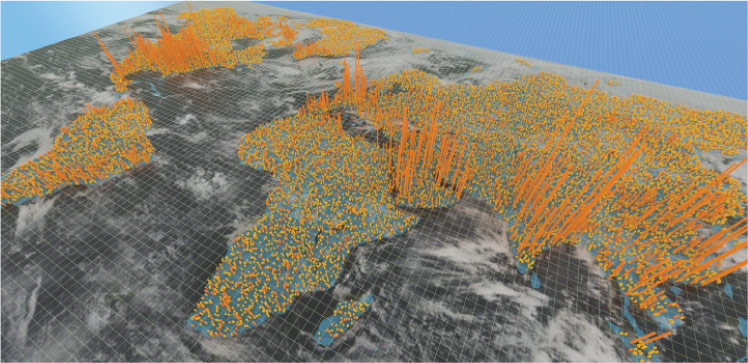
Statistics
A faster and more statistically accurate modeling scheme enables better prediction of climate and environmental conditions at very large scales.
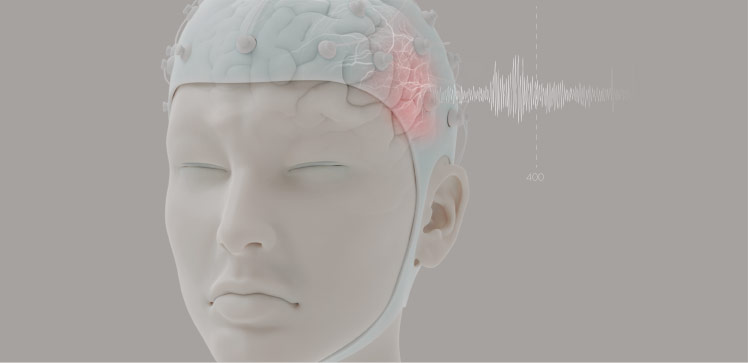
Statistics
The statistics of extreme events helps to better understand epileptic seizures.

Statistics
New insights narrow the gap between large-scale atmospheric models and microscale features of atmospheric winds.

Statistics
Machine learning techniques used to analyze case data show promise for predicting the evolution of an epidemic.

Statistics
A corrected description of the "tail dependence" for extreme events leads to a better statistical model for environmental data.

Statistics
Comparing different approximation methods for analyzing large spatial datasets allows for a better understanding of when these methods become insufficient.

Statistics
The statistics of extreme events reveal that cryptocurrency prices tend to fall in tandem but rise more independently.

Statistics
Cold still causes far more deaths than heat in India.

Statistics
Novel statistical methods help tell the difference between "false positives" and true detections of protein domain hotspots that could be linked to cancer.
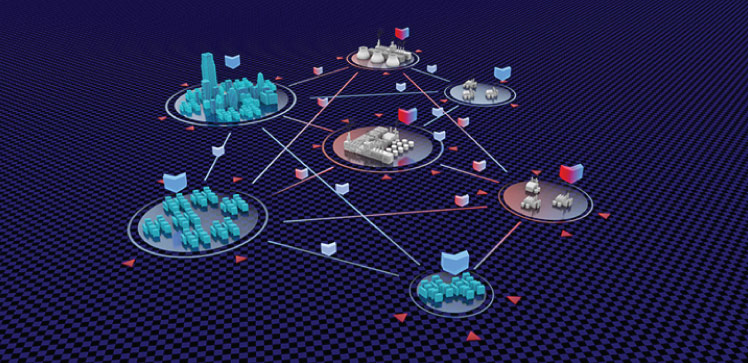
Statistics
Stacked deep learning offers a better way to detect hacking into industrial control systems.

Statistics
New modeling shows that heatwaves across Europe have increased in both frequency and spatial extent over the past century.

Statistics
A partial matching approach can overcome the dimensionality "curse" of continuous measurements over time to yield more accurate future predictions.

Statistics
Statistical tools help fine-tune the parameters and approximations of models used to make sense of large spatial datasets.

Statistics
A mixed-precision approach for modeling large geospatial datasets can achieve benchmark accuracy with a fraction of the computational run time.

Statistics
The evolving periodicity of the brightness of certain types of stars can now be described mathematically.
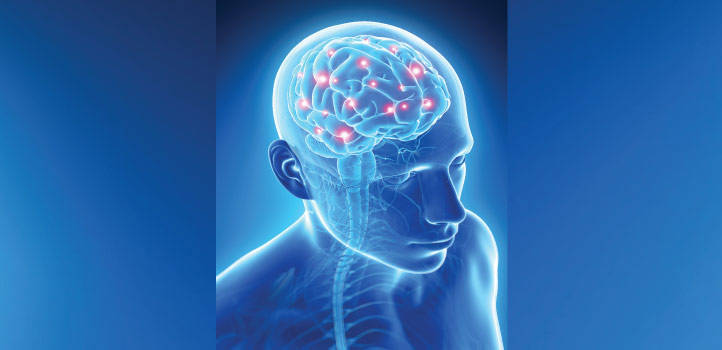
Statistics
The statistics used to understand social networks reveal the diversity of functional connections in the brain.

Statistics
Predicting areas of the Red Sea most susceptible to overheating by the end of the century could help conservation efforts to protect its precious coral reefs.

Statistics
Large-scale analysis of pedestrian data from three European cities examines how building density and street design influence pedestrian behavior.

Statistics
A high-frequency model developed using data from new high-precision rain gauges gives fresh insight into the dynamics of rain and runoff events.

Statistics
A prediction model that considers multiple landslides over time in a given region may improve the accuracy of early warning systems.

Statistics
Harnessing the power of deep learning leads to better predictions of patient admissions and flow in emergency departments.
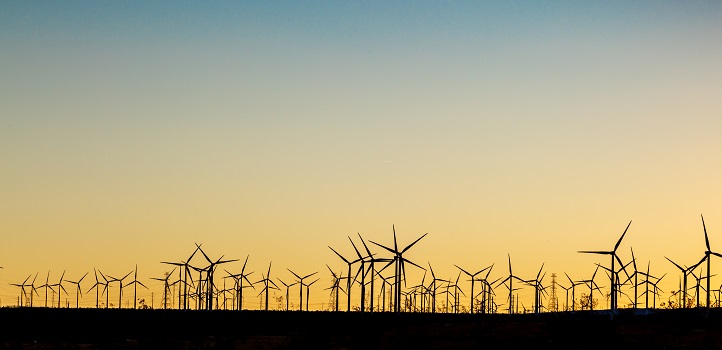
Statistics
Prediction of wind speed and direction for up to several hours in advance improves Saudi Arabia’s wind energy potential.

Statistics
High-resolution analysis of wind speed across Saudi Arabia can help fast track the expansion of the Kingdom’s emerging world-class wind energy industry.
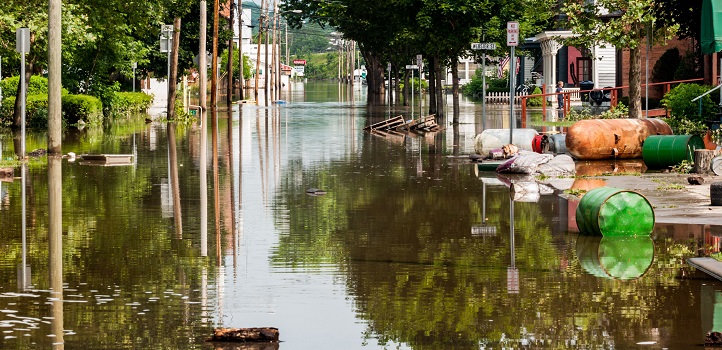
Statistics
Extreme weather patterns and regions at risk of flooding could be easier to spot using a new statistical model for large spatial datasets.

Statistics
Transforming spatial statistics to capture the skewness and tail of the statistical distribution gives a clearer picture of weather and climate data.

Statistics
A universal high-performance computing interface allows popular statistical tools to run efficiently on large geospatial datasets.
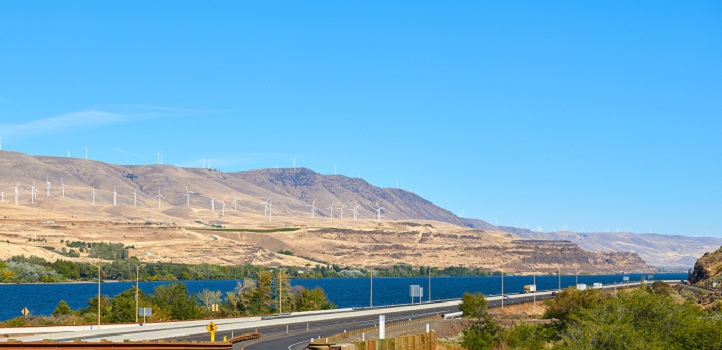
Statistics
Better prediction of extreme winds at sparsely observed locations could help optimize the design of wind farms.

Statistics
Areas without earthquake monitoring systems could model the tremors by using data from local landslides.
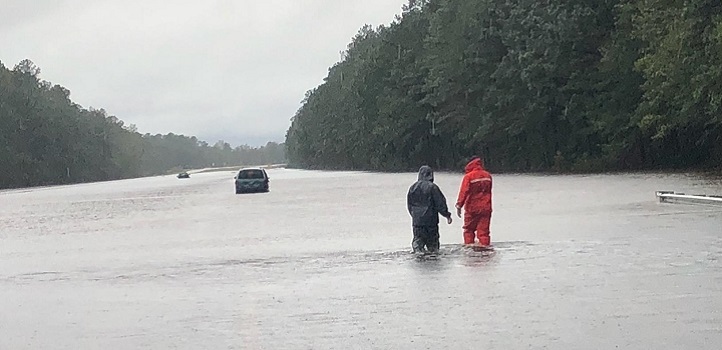
Statistics
A more accurate and efficient method of capturing the local factors that lead to extreme rainfall enables better flood prediction across larger regions.

Statistics
More accurate detection of hotspot clusters provides new insights into the behavior of air pollution.
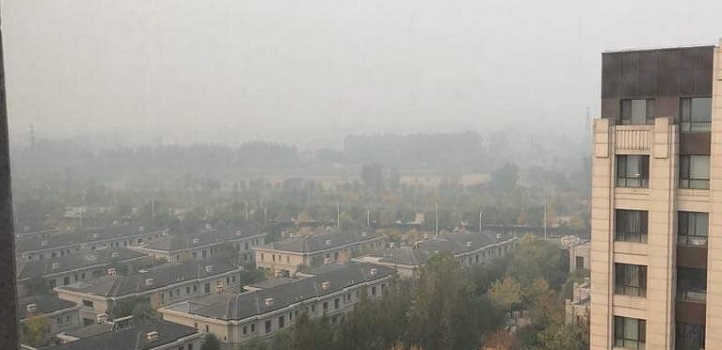
Statistics
The spatial variation in different air pollution components helps identify possible targets for pollution control.

Statistics
Pyramidal graphs resulting from statistical analyses of EEG recordings can improve our understanding of epileptic seizures.

Statistics
Automatic detection of uncharacteristic data sequences could change the way data is processed and analyzed.

Statistics
The latest statistical methods from research on complex high-dimensional environmental data also yield powerful tools for interpreting brain activity.
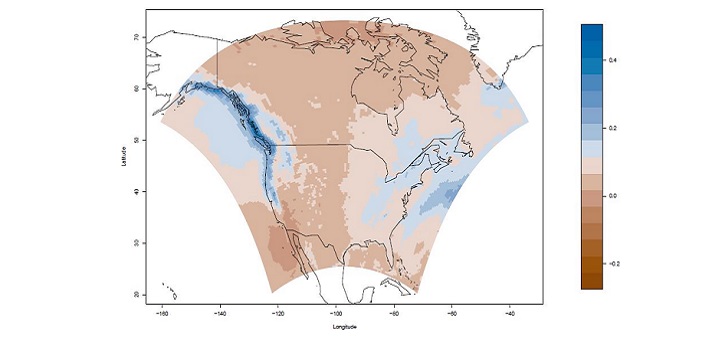
Statistics
A more accurate way of resolving spatial patterns in weather could lead to better predictions of climate change.
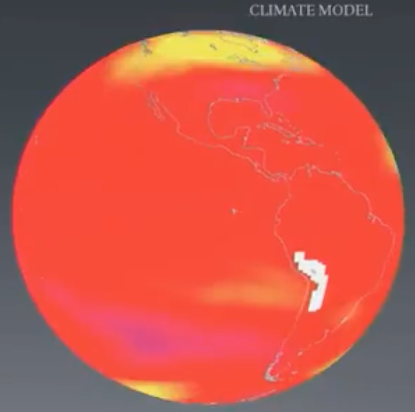
Statistics
Harnessing the power of virtual reality will help to visualize data and improve statistical models.

Statistics
A new statistical tool for collectively analyzing large sets of brainwaves promises to accelerate neurofunctional research.
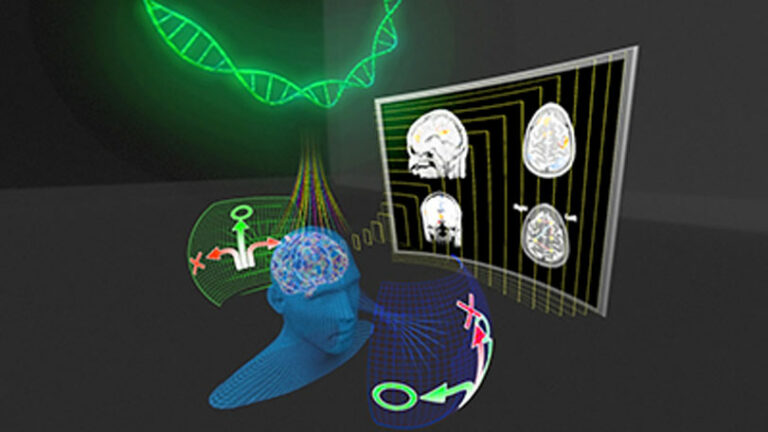
Statistics
Modeling changes in brain activity over time provides deeper insights into learning and behavioral responses.

Statistics
A more efficient approach to modeling spatial data involving thousands of variables keeps computation time in check.
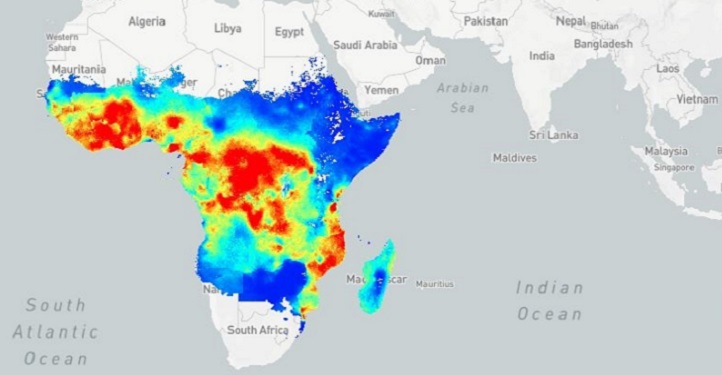
Statistics
A tool developed by Håvard Rue has transformed data analysis, interpretation and communication. It has been applied broadly: from modeling the spread of infectious diseases to mapping fish stocks.

Statistics
Simultaneously modeling air pollutants and weather under extreme conditions highlights the potential for serious health risks.
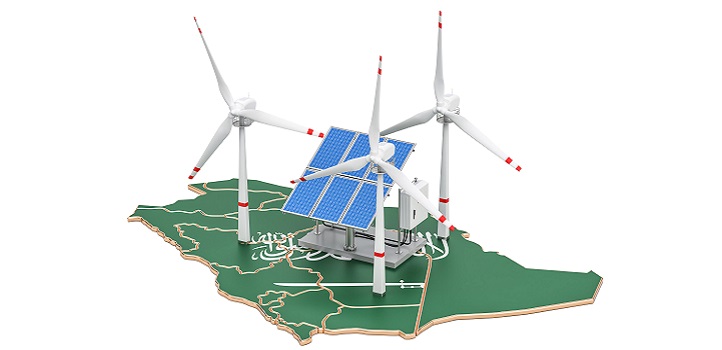
Statistics
The first quantification of wind energy in Saudi Arabia points to high wind power potential for many decades to come.

Statistics
Rainfall simulations in statistical models could allow accurate prediction of dangerous landslides.

Statistics
Mapping genetic influences on connections between neural networks could lead to a better understanding of brain organization and behavior.

Statistics
Faster computations will allow researchers to see the finer details of brain activity in functional brain imaging.
Statistics
More accurate statistical modeling of extreme weather will improve forecasting and disaster mitigation.

Statistics
A technique that uses the power of computing could solve statistical problems cheaper and faster than current methods.

Statistics
Ying Sun is a multi-award-winning statistician who is inspired by the value of statistics in solving real-world problems.

Statistics
A method to visualize hidden statistical structure helps make sense of environmental data.
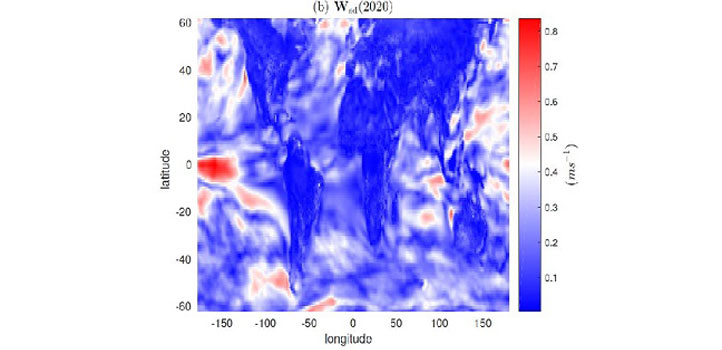
Statistics
A new statistical technique could be used to more accurately locate global wind resources.

Statistics
Coordinated robot swarms can achieve amazing feats, but even a single faulty unit can have serious consequences.

Statistics
Study of the mismatch between spatial environmental data and a commonly used statistical analysis suggests simpler statistics are sufficient in many cases.

Statistics
A powerful statistical tool could significantly reduce the burden of analyzing very large datasets.
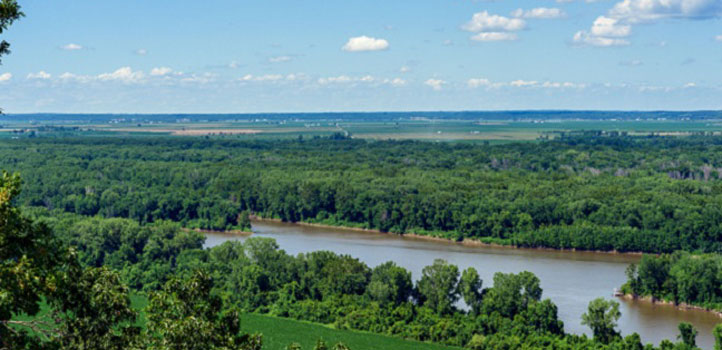
Statistics
A statistical technique for modeling large datasets improves interpretation of climate and environmental data.

Statistics
A new statistical approach for environmental measurements lets the data determine how to model extreme events.
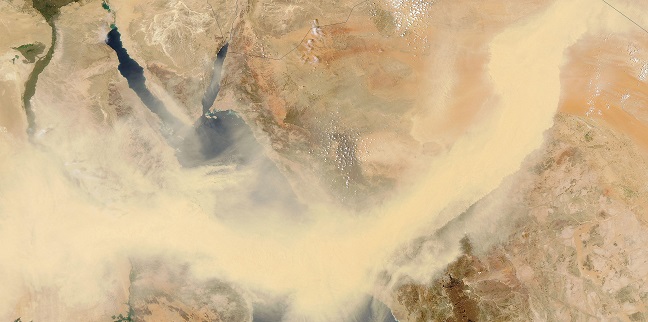
Statistics
A systematic approach to selecting and configuring statistical models improves predictions of extreme events.

Statistics
Statistical monitoring technology can detect serious falls and immediately warn healthcare providers.
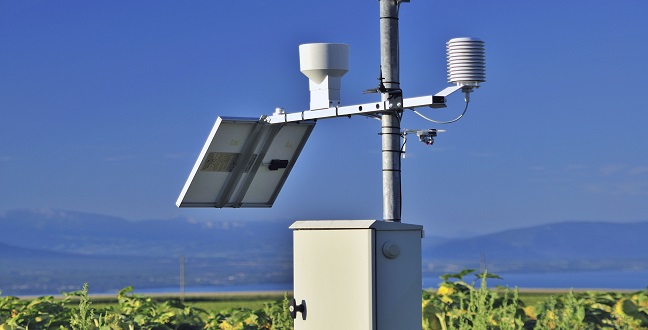
Statistics
A statistical model that accounts for common dependencies in spatial data yields more realistic results for studies of temperature, wind and pollution levels.
Statistics
A statistical technique for automatically cleaning erroneous data from weather-balloon observations will improve the accuracy of weather forecasting.

Statistics
Sensitive detection of partial faults in antenna systems could prevent performance degradation in wireless networks.

Statistics
A statistics-driven method for the early detection of emerging problems in industrial processes could improve industrial safety, reliability and productivity.
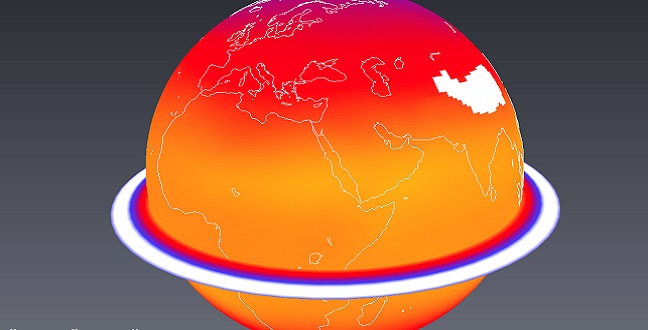
Statistics
A statistics-based data compression scheme cuts data storage requirements for large-scale climate simulations by as much as 98 percent.
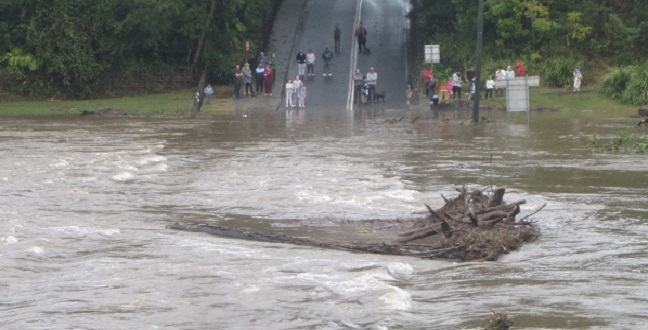
Statistics
A statistical model that accurately describes rainfall at both extremes opens the way for more reliable predictions of flood and drought risk.
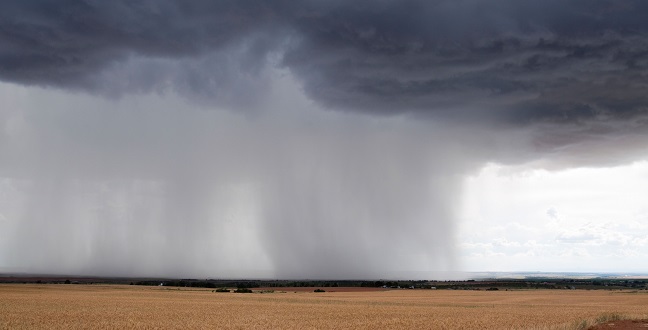
Statistics
Improved random modeling allows scientists to generate realistic patterns of high-frequency rainfall.

Statistics
Consistent around the world's ocean, the phases of the moon affect the upward migration of the world’s most abundant type of fish for feeding.

Statistics
A statistical method helps to identify abnormal signals in electroencephalograms and locate their source in the brain.